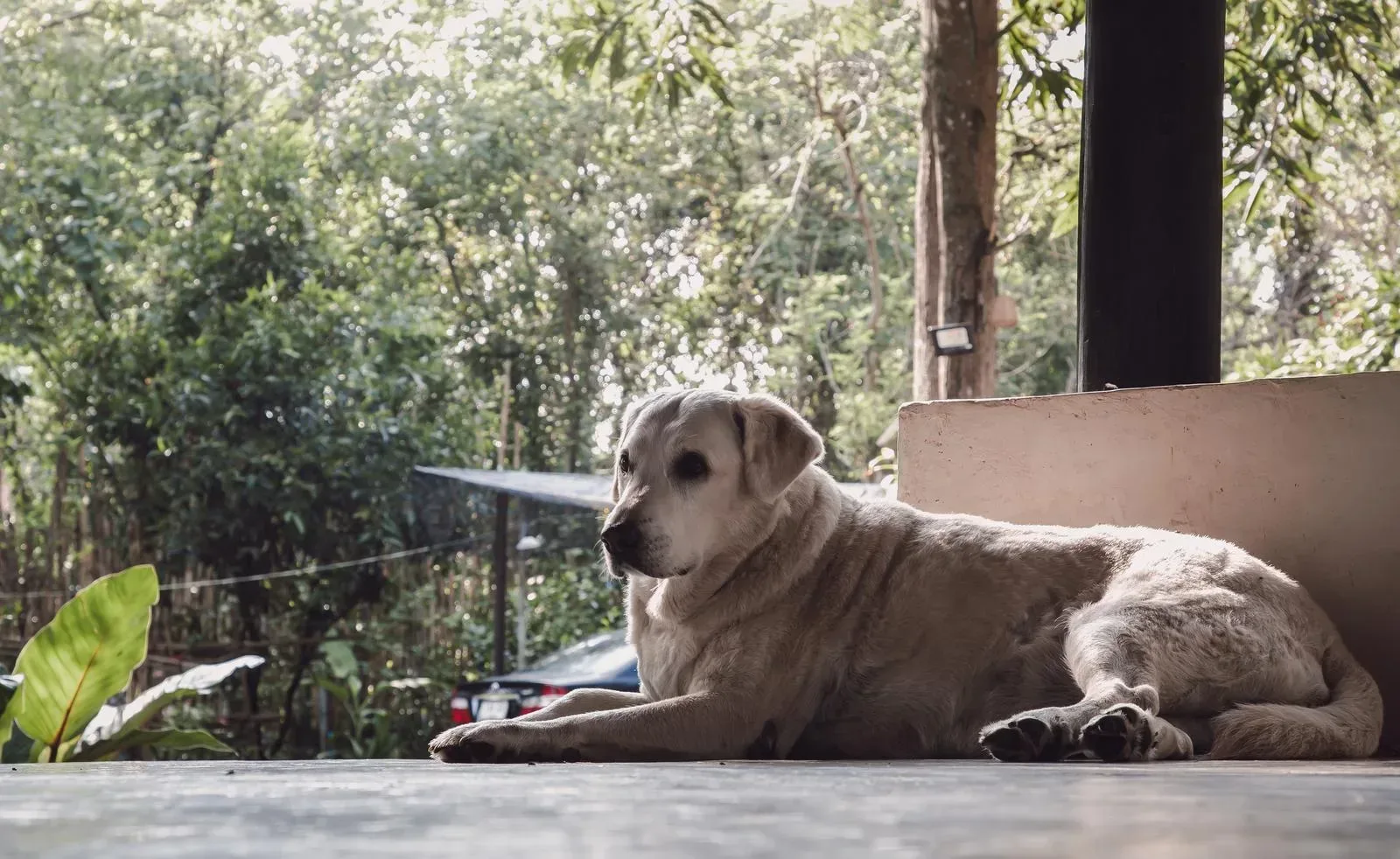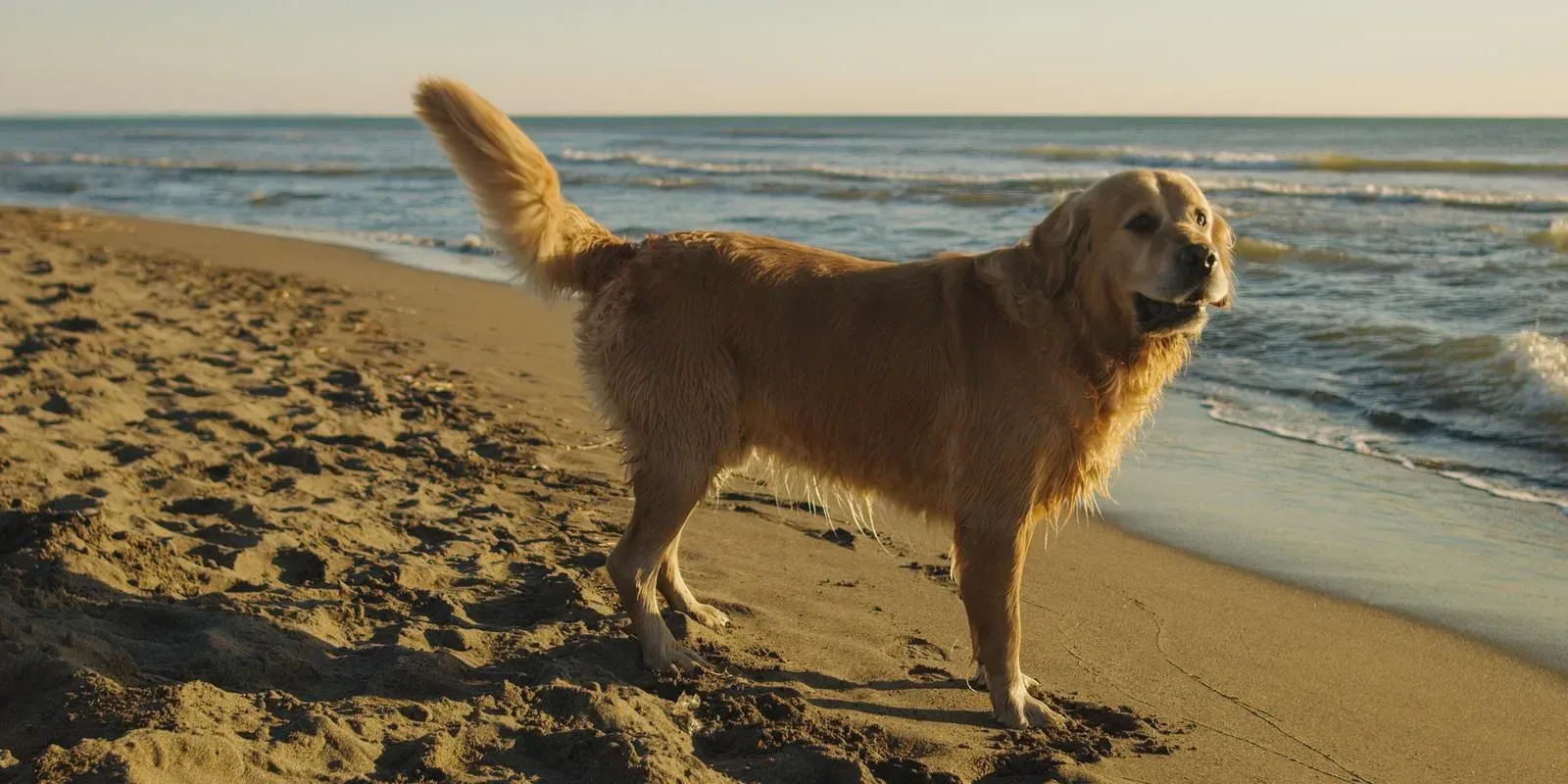
What difrent in african basenji
You might be asking yourself, what is the difference between an African basenji and a standard basenji? The answer may be surprising, since the standard basenjis were not even remotely African. However, the physical characteristics of true African basenjis are considerably more varied. This article will address three key characteristics of this breed: Stubbornness, Prey drive, and Lack of barking. Read on to discover more.
Characteristics of the basenji breed
The Basenji is a small to medium dog that has a distinctive curled tail. The basenji’s coat is short and glossy, and comes in a variety of shades, including black, tan, and white. These dogs have high energy levels and make wonderful companions. This breed is suited to apartment living. They should be exercised regularly, as they need lots of space to move around.
The Basenji breed is an ancient hunting dog that originated in Africa. It was once prized in Ancient Egypt, where it was used to hunt reed rats. Ancient Egyptians gave these dogs as gifts to the pharaohs. Although they are relatively low-maintenance dogs, the Basenji’s high-energy level and intelligence mean they can get bored easily. The Basenji is an ancient breed, with evidence of its presence on Egyptian artifacts and Babylonian artwork.
In the nineteenth century, the Basenji was discovered in the Congo region in West Africa. The dog was used for hunting, to flush game into nets, and to carry goods. Some tribes of Africa valued a good hunting Basenji more than their wives. Initially, attempts to import Basenjis to Europe were unsuccessful, as the imported dogs all died of disease shortly after arriving. However, they were eventually imported to the United States and England.
The Basenji breed is one of the oldest dog breeds in existence. It has a unique appearance that can be described as rugged and prickly. Its curled tail, prickly ears, and hunting bells have been seen in cave paintings as far back as 6000 BC. Despite these attributes, the Basenji breed is a difficult dog to train and is not common in North America.
Prey drive
The Basenji breed is large and tall. The breed’s prey drive differs from other large breeds due to the different hunting habits of their wild ancestors. Because of this, they require a lot of mental stimulation and exercise to keep their alertness. The Basenji is considered one of the most untrainable dogs, second only to the Afghan Hound. As a result, they tend to chase cats and small animals.
Basenjis are known to be untrustworthy of strangers, but they can be amiable around family members. They don’t like young children and should not be left unattended. However, they can be trained well if you can provide them with a fenced area. They are also a great watchdog, but should be raised with children. If you plan on leaving your Basenji out in the yard, make sure you get them a crate or a dog jacket to keep them warm.
Basenjis are related to the original stock, but they are a rare breed outside of Africa. While some evidence suggests that they were given to the Pharaohs as gifts, it is impossible to prove for certain. The breed we know today originated in the remote African Congo, where they hunted big game in packs. Their behavior and interactions with humans differ from other breeds. They are also known for their cat-like personality.
The Basenji is a highly intelligent dog with an independent streak. Despite their stubbornness and intelligence, the Basenji may not be willing to follow the commands of their owners. Although they are friendly to family members, they can be standoffish to strangers. As a result, it is not advisable to buy a Basenji without a professional dog trainer. This breed may not be right for every family.
Lack of barking
The lack of barking in an African Basenji is one of the most noticeable traits of the breed. Originally bred as a hunting dog for the African wilderness, the Basenji is now considered a non-barking sighthound. It has a yearly estrus cycle and is difficult to identify as a breed. The breed is also notorious for its mischievous behavior and has been known to make yodeling noises.
Many Basenji breeders believe that the lack of barking in an African Basenji is the result of deliberate breeding, but others contend that it is a natural trait that evolved over time. Aside from being a non-barking breed, the Basenji has good teeth and generally low grooming needs. However, it might not be the best choice for all lifestyles. It may not be suited to all households, but it does fit the lifestyle of many people.
The lack of barking in an African Basenji can be explained by the fact that the larynx of this breed is incredibly flat. This limits the ability of its vocal folds to vibrate properly. As a result, Basenjis use other sounds to communicate, including loud howling, gurgling, and slight blurts resembling coughing. Despite the lack of barking, Basenjis sometimes use a “barrooo” sound that sounds like a blend of a howl and a yodel.
Although Basenjis do not bark, they can be destructive. Because of this, owners should be prepared to provide lots of toys and bones. In addition to these, owners should be aware that basenjis like to chew anything interesting. Always place dangerous objects out of reach. A Basenji must also have daily outdoor exercise and be taught not to chew things if they don’t want to. They can be quite stubborn and aggressive, so be sure to be a firm leader.
Stubbornness
The Basenji is an extremely intelligent dog, but it also has a very high level of stubbornness. This breed is ranked second to last in terms of intelligence. In the past, Basenjis were prized for their ability to think on their own and not simply follow orders. While they make great family pets, they are also prone to being standoffish around strangers. Here are some tips to reduce your Basenji’s stubbornness.
The ancestors of the modern Basenji lived as semi-feral dogs in Africa. They were known as Congo terriers when first brought to Europe. They were valued for their intelligence, athleticism, and keen sense of smell. Basenjis became popular in England in the early 1900s, and breeding programs began in the United States. The breed was recognized by the American Kennel Club in 1944, though they are still quite rare in North America.
Aside from their stubbornness, the Basenji breed is very smart and easy to train. If you can provide enough exercise for your Basenji, you can expect it to follow your commands very easily. However, the Basenji is not for first-time dog owners. You will need to make a commitment to plenty of playtime and walks with your new friend. As a dog that doesn’t bark, the Basenji is great for apartment living, but it also requires a lot of commitment from the owner.
Aside from being an intelligent dog, the Basenji breed is also known for its stubbornness and independence. While Basenjis are relatively healthy, some can develop inherited health conditions. Hypothyroidism is one of them, a condition in which the thyroid gland doesn’t produce enough thyroid hormone. Another inherited health condition that can occur in breeding dogs is autoimmune thyroiditis. It is important to get these conditions screened for before breeding. If a dog tests positive for either of these conditions, they should be disqualified from breeding. The progressive retinal atrophy is another disease found in Basenjis.
Fanconi syndrome
Fanconi syndrome is an inherited disorder affecting the eyes, kidneys and other parts of the body. In dogs with the condition, the body cannot absorb nutrients and electrolytes. The dog will experience excessive thirst, frequent urination and an irregular hair coat. It can be fatal if not treated in its early stages, but it is curable with proper treatment. To understand more about Fanconi syndrome in Basenji, read below.
Symptoms of Fanconi syndrome in Basenji dogs include abnormal renal tubular handling. The affected dog’s kidneys do not properly excrete phosphate, amino acids or sodium. In addition, they are not able to process uric acid and sodium properly. This leads to a range of medical complications. In the early stages, the dog can show signs of the disorder, but by the time it reaches end-stage kidney failure, the condition has already progressed.
Affected Basenji has a mutated gene called FAN1 that interacts with proteins in the Fanconi anemia pathway. While the cause of Fanconi syndrome in Basenji dogs is not known, the mutation in the FAN1 gene results in hypersensitivity of the dog to heavy metals. Environmental toxins are known to cause the syndrome. Breeders often avoid dogs with hemolytic anemia as a precaution.
While African Basenji dogs have not been found to carry Fanconi syndrome, they have been bred away from it. Because of this, some Basenji families have been eliminated from the gene. Breeding these dogs away from Fanconi syndrome is beneficial for dogs that have Basenji genetic disorders. It is important to note that breeding away from Fanconi syndrome may also be beneficial in the long term. It may also be helpful to have a Basenji with normal teeth.


